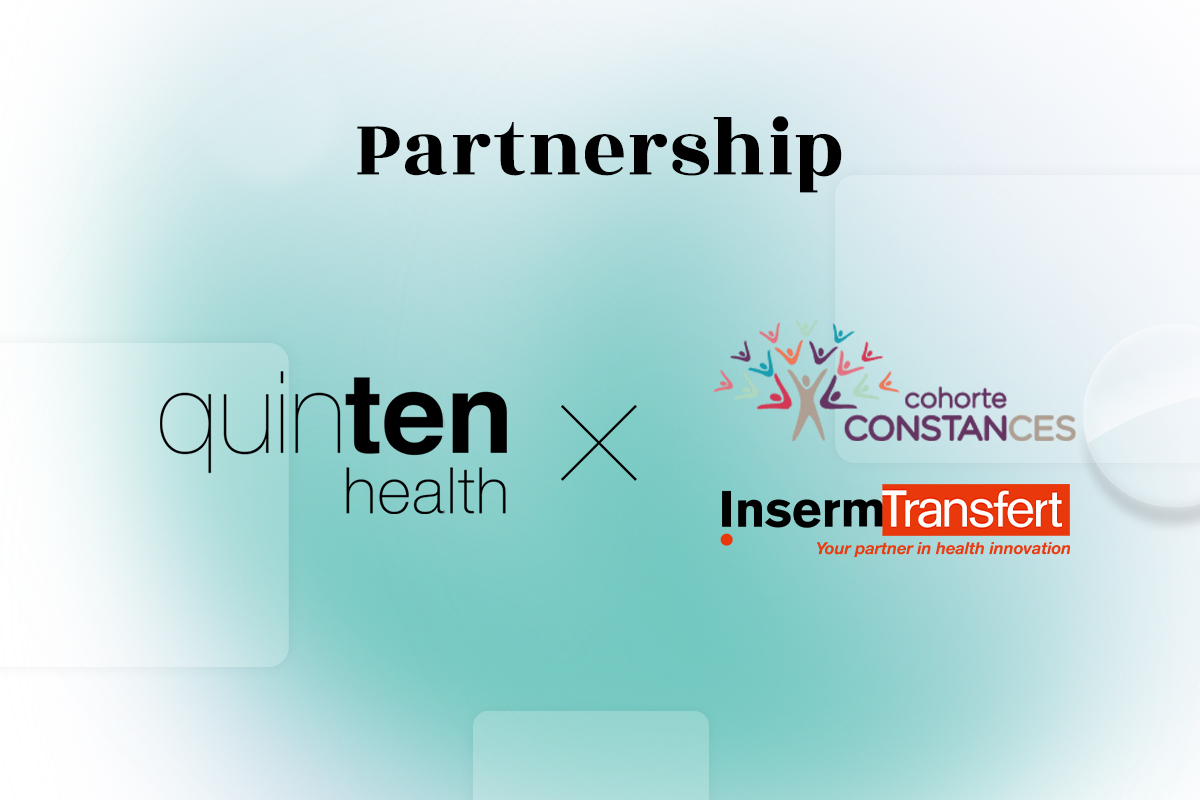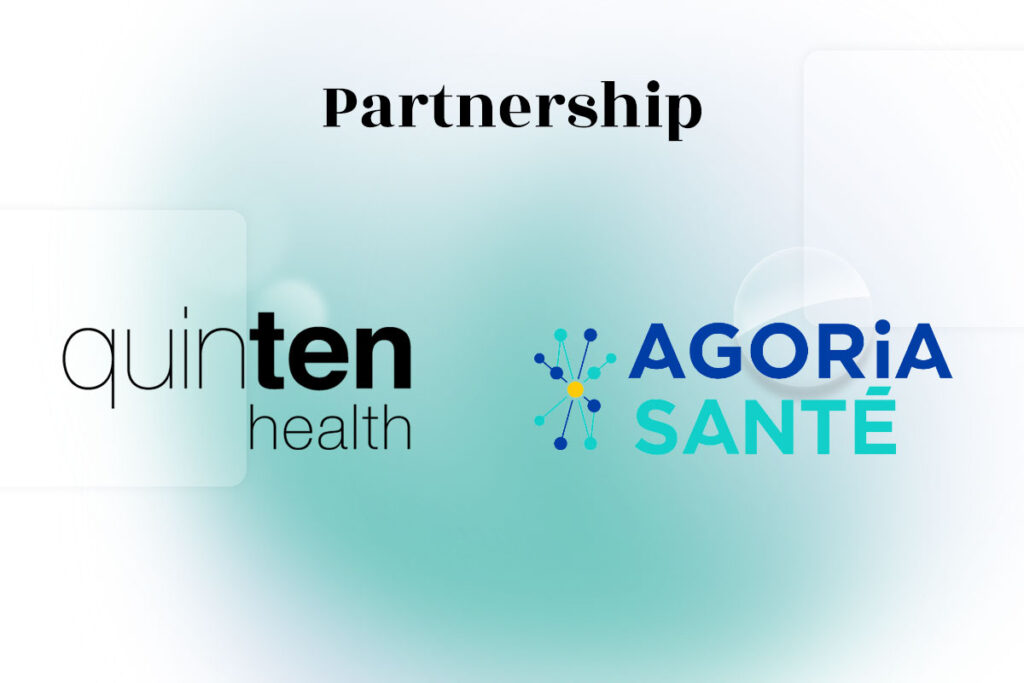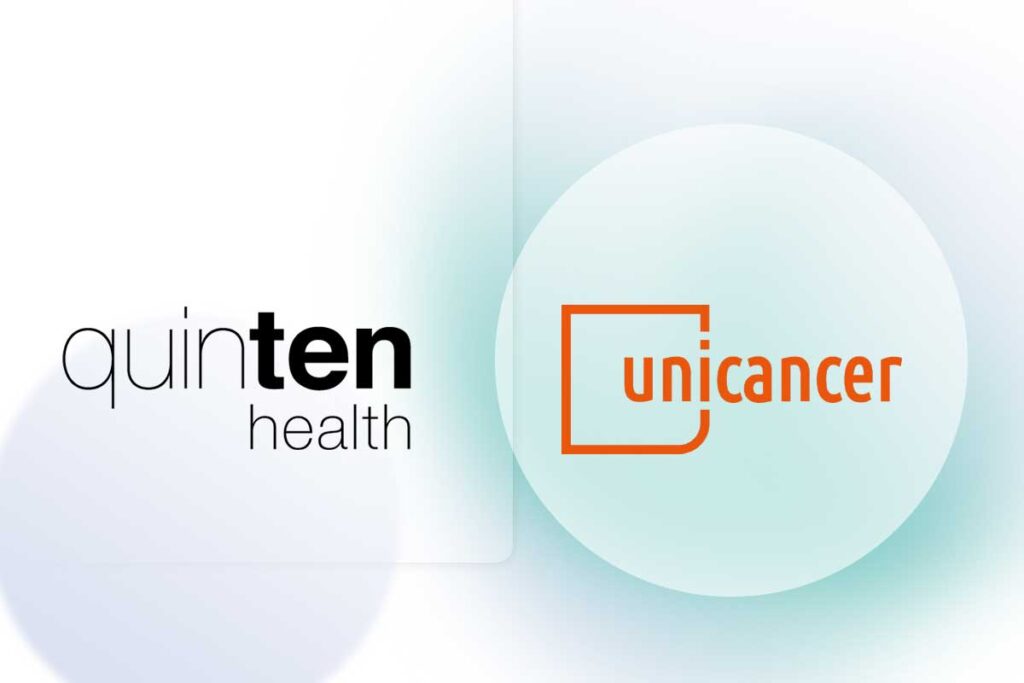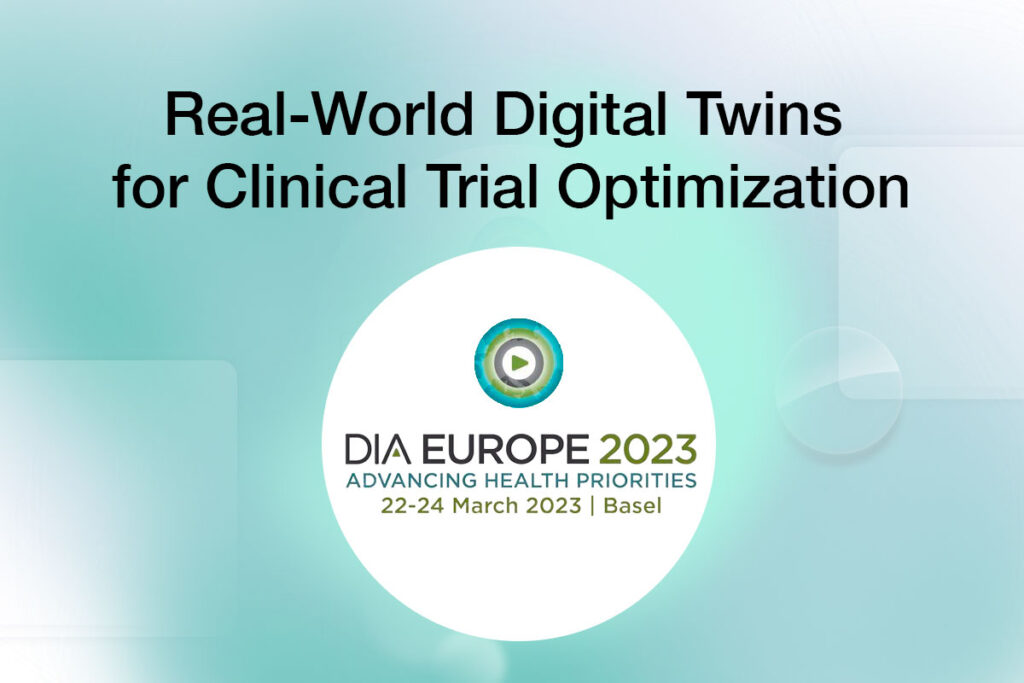Paris, February 28th, 2024 – Clinical trial results can now be projected into real-world outcomes and care of chronic patients optimized by combining the rich Constances Cohort data expertise and Quinten Health’s technologies in predictive modeling of diseases and care pathways.
Constances, Inserm Transfert (the private subsidiary of Inserm) and Quinten Health announce the launch of a multi-disease partnership, dedicated to the development and use of digital twins of real-life patients to de-risk and accelerate late-stage clinical trials, to better differentiate and position new compounds in development, and to anticipate their real-life medical and economic impact. The first diseases of focus are respiratory conditions like asthma and COPD.
While many therapeutic options in asthma and COPD are marketed, there is still high unmet needs in large patients subgroups, poor responders, or late-diagnosed patients, and inefficient care with expensive biologics. Patients, health systems, and industry will benefit from the precision care enabled by the digital twins and virtual cohorts to be developed by this partnership.
“Real-world patient simulators will enable better care, by guiding optimal switching time to biologics or by identifying sooner and better COPD patients for example. We are also actioning multiple workstreams to engage with regulatory and HTA so to ensure we are developing regulatory-grade reference models, to serve patients first, and inform both public and private decision makers”, says Billy Amzal, CEO of Quinten Health.
“With 220,000 volunteers, Constances cohort is the largest, deepest and longest ever general French population cohort. Linked to the national claim and hospital SNDS database, it contains a uniquely deep and long mine of information on care and outcomes. We are delighted to contribute to the development of this new generation of patients simulators, to improve and personalize patient care, and to focus research efforts on the most urgent and least covered needs for many respiratory, cardiovascular or neurologic conditions”, add Sofiane Kab and Prof Marie Zins, head of the Unit “Population-based epidemiological cohorts” UMS11 (Inserm, University Paris Cité, University Paris Saclay, UVSQ), Head of the Constances National Research Infrastructure, Hôpital Paul Brousse in Villejuif.
“Heterogeneity and variability in disease progression and the complexity of care pathways are all sources of uncertainty, making it extremely difficult to anticipate the medical and medico-economic impact of therapeutic innovations. Thanks to Inserm data and experts, our digital twins can model and simulate this complexity to reduce development costs and duration, facilitate approval and adoption, and maximize the impact for each patient”, adds Alexandre Templier, President of Quinten Health.
“For over a decade, our active involvement in fostering public-private partnerships for the Constances cohort has been unwavering. Notably, alongside pharmaceutical companies, we are pleased to observe a burgeoning interest from digital health entities in leveraging the Constances infrastructure. This collaboration capitalizes on the wealth of data within Constances and the cutting-edge technologies crafted by Quinten Health, yielding novel digital health solutions to enhance patient care. This innovative alliance epitomizes the efficacy of Inserm Transfert’s public-private approach, striving for the ethical and efficient transfer of health data”, points out Pascale Augé, Chairman of the Executive Management Board of Inserm Transfert.










